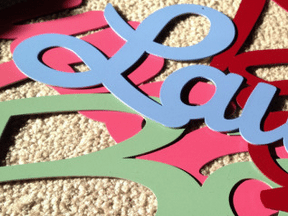When it comes to increasing the average time visitors spend at your online store, as well as the money they spend, look for non-related industries for ideas and inspiration. They can often tell you a great deal about what online searchers, readers, and shoppers want in a site that sells services or products.
Here are three types of industry-specific sites, and how they can help the online store better cater to current and potential customers.
Destination Hotels — Get In, Pay, Get Out
When people want to travel just to get away, they’re looking for breathtaking images, detailed (yet simply written) information about the area, and a way to book overnight stays. Successful hotel managers realize that unless someone is directed to their properties by word-of-mouth, the website sells the stay.
For this industry, first things first equate to online booking, a toll free number, information about the rooms and amenities, and a calendar of events.
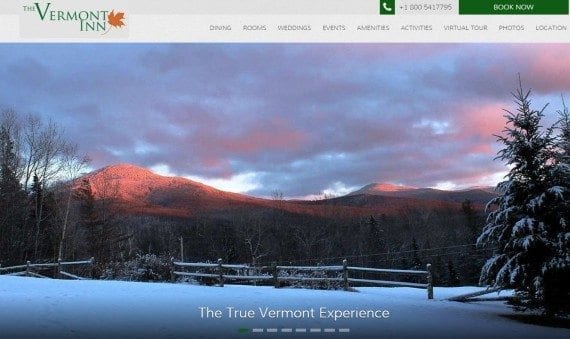
The Vermont Inn’s website tackles everything a visitor would want to know right at the top, and on the home page using professional imagery.
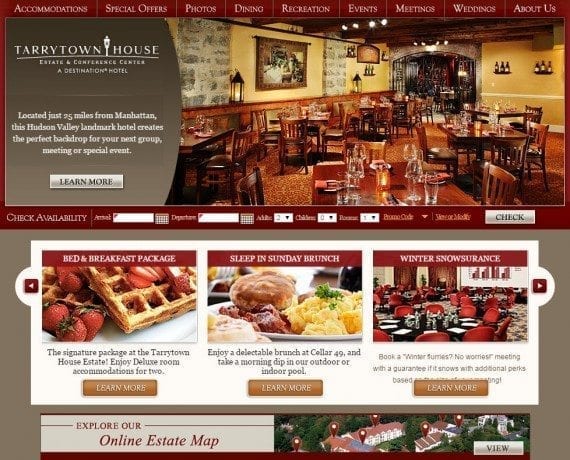
Tarrytown House in upstate New York is clear about what kind of hotel it is, and also links to a complete estate map on the home page.
These simple yet effective designs and navigation sets remind us that all key components for using the site and shopping cart, as well as what prompts visitors to patronize a business, should be easily accessible. They also follow the rule that each visitor should be able to navigate at his own pace, and as deep as he wants.
Such sites make it so the visitor can quickly book, or study about the property — the same way shoppers should be able to “get in and get out” of the online store, or spend time ready detailed product descriptions.
Software Support — Post Purchase Assurance
A successful support site (which may be a subdirectory or subdomain) builds customer loyalty by making it easy to get help. A good example is Adobe’s support section, which first asks the user which software he needs help with. From there he can opt to watch tutorials, review common questions, read about serious issues, search for specific topics, ask other users, or contact Adobe’s support team.
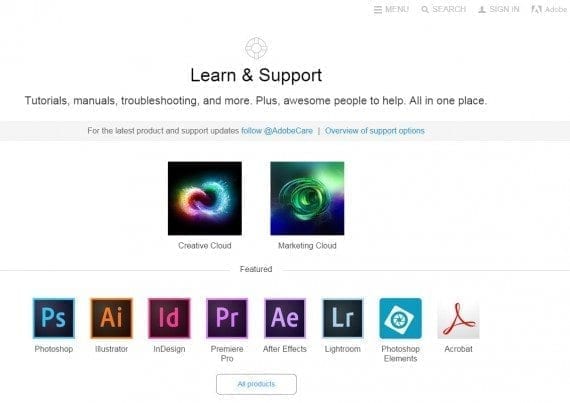
Adobe’s support landing page makes it easy to find a user’s product. Of course, specific areas of support are also linked from each software’s product page.

Adobe support also gives many options on obtaining help.
No matter what you sell, a support section (even if it just provides washing instructions or simple applications) not only helps those who have already purchased your products, but it can show potential customers that you are there even after the credit card has been charged. This can help influence shoppers to buy from you because it eliminates questions like, “What if I need help installing this?” or “How do I maintain a particular item?”
DIY Sites — Navigate Simply; Search Logically
There are thousands of websites dedicated to crafts and do-it-yourself projects. The successful ones make it easy to find a project, and also feature projects and project types that can inspire.

Since the majority of people visiting its site already have a project in mind, Instructables.com uses images and a “Let’s Make…” search box to prompt user input.
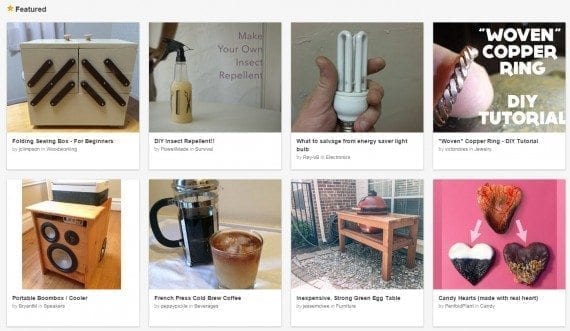
If you’re not sure what you want to make, though, Instructables.com offers a collection of various project types that is prominently featured — from simple boxes and furniture to jewelry and iced coffee.
These types of sites focus on a wide variety of interests all at once, without cluttering the navigation. In fact, Instructables.com only has six main sections: technology, workshop, living, food, play, and outside. Yet, the site hosts tens of thousands of user-submitted projects. Think about that when you’re trying to categorize, for example, 10,000 tangible products by using main categories and sub categories.
Yes, it’s possible to organize thousands of products across 8 to 12 main sections. Google’s Product Listing Ad taxonomy is a good example of how users expect to navigate.
What’s First for Your Audience?
You always have to consider what is “first” for your target audience. By default, finding product, making a purchase, and getting help should be prominent, but some features may be more important than others.
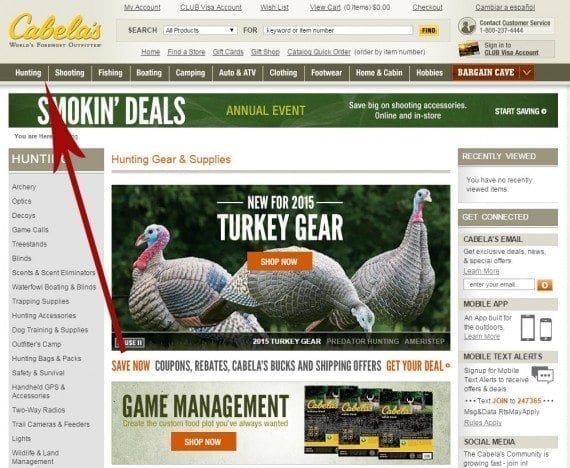
Cabela’s caters to sportsmen and sportswomen. And it caters to the sport first, so the navigation bar first lists hunting and shooting items, followed by clothing, footwear and home.
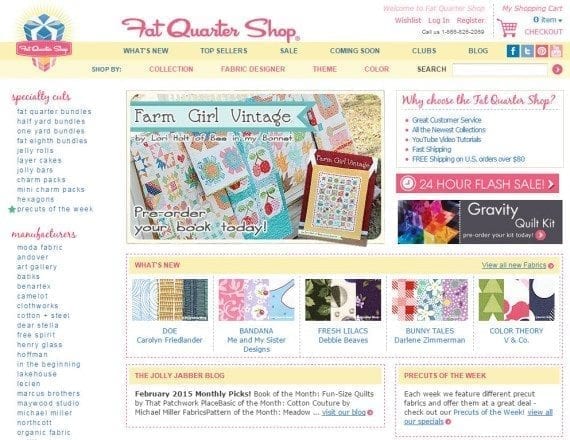
Fat Quarter Shop caters to quilters that typically shop by manufacturer, collection, designer, theme, or color. At this site one can quickly jump to her section or priority.
Always analyze what is most important to your customers. How do they want to get in, locate products, purchase, and later find support? And if you have trouble determining what the ideal “firsts” are, it never hurts to ask your shoppers.


